The “burnt rice” incident in Vinh Long and the fake ST25 rice incident in Hanoi in recent days have clearly exposed the loopholes in quality management. Rice is not only an essential commodity but also represents the image and brand of Vietnam in the global market. When negative information such as “burnt rice” appears on social networks and in the press before the official test results are available, panic spreads quickly, seriously threatening the country’s image in the eyes of international friends.
ST25 rice, once honored as “the best in the world ”, has not been able to avoid being counterfeited and dragged into a spiral of suspicion. A product that was once the pride of Vietnamese people in the international market has suddenly become a victim of rumors and commercial fraud right at home. In the “burnt rice” case in Vinh Long, authorities took samples for testing, but the results were not yet available, but the rumors still spread. Similarly, although the case of fake ST25 rice in Hanoi has been handled, it still makes consumers somewhat skeptical.
To avoid similar shocks in the future, the Vietnamese rice industry should have a systematic and synchronous strategy. First of all, the management agency should be proactive and transparent in its communication work. When there are doubts about product quality, samples should be taken immediately for testing and the results should be announced based on scientific , clear and easy-to-understand data. Information should be transmitted promptly through official newspapers, websites and social networks of the authorities, in order to prevent rumors from spreading and stabilize the market early.
At the same time, establish a rapid response unit on communication in the agricultural sector, with the function of continuously monitoring social networks, press... to promptly detect, verify and handle false information. This unit operates flexibly, closely coordinating with specialized management agencies, industry associations, businesses and communication experts to build a professional speaking process.
In the long term, to build a sustainable Vietnamese rice brand, it is necessary to synchronize from value chain transparency to long-term communication. At the same time, support businesses and localities to register and protect domestic and foreign brands. Businesses and the rice industry should proactively develop appropriate communication scenarios, invest in traceability technology such as QR codes, electronic stamps or blockchain to make product information transparent, help consumers easily distinguish between genuine and fake goods and increase reliability, contributing to strengthening the reputation of the entire Vietnamese rice value chain.
In addition, standardize the quality of Vietnamese rice according to international standards and encourage farmers to apply sustainable production processes such as VietGAP, GlobalGAP or organic to increase product value. Support farmers to access science and technology, reorganize production according to cooperative models or chain linkages with enterprises to stabilize output and increase income. Small enterprises and cooperatives need support to improve management capacity, build brands and access markets through training, credit and trade connections.
Building a Vietnamese rice brand requires a systematic, long-term strategy and close coordination between the State, enterprises, farmers and consumers. Applying traceability technology, strengthening market surveillance and strictly handling counterfeiting and imitation are the foundations to affirm the real value and protect the reputation of Vietnamese rice in both domestic and international markets.
Source: https://www.sggp.org.vn/giu-niem-tin-cho-gao-viet-post799619.html


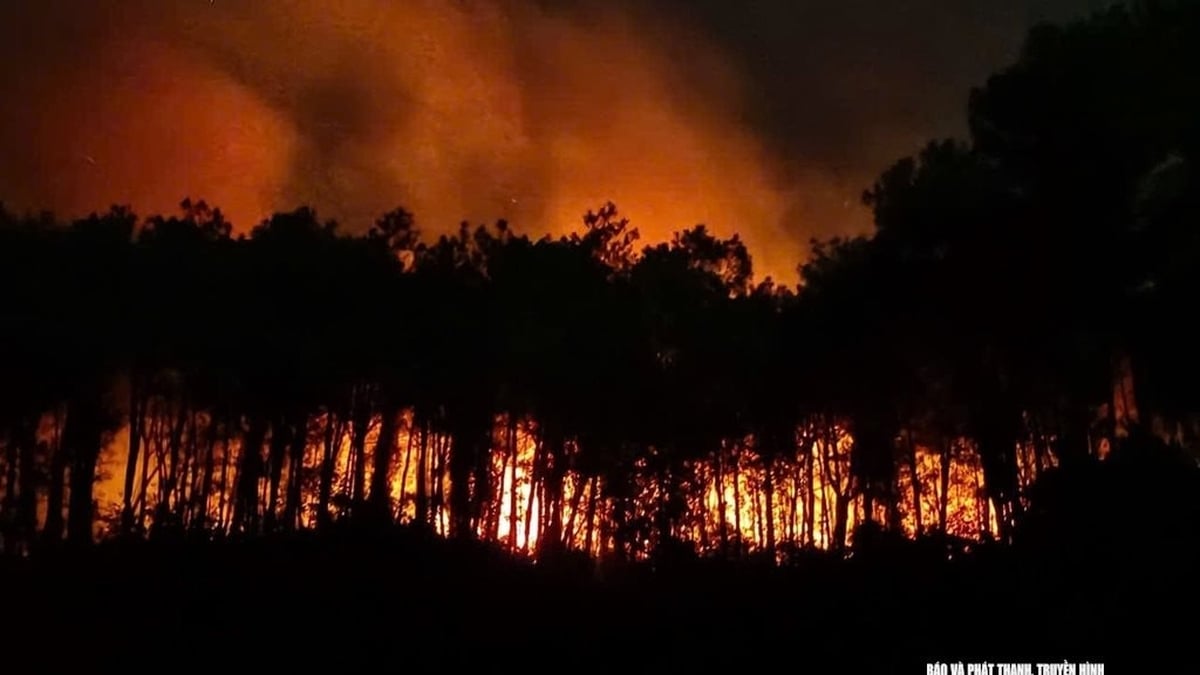
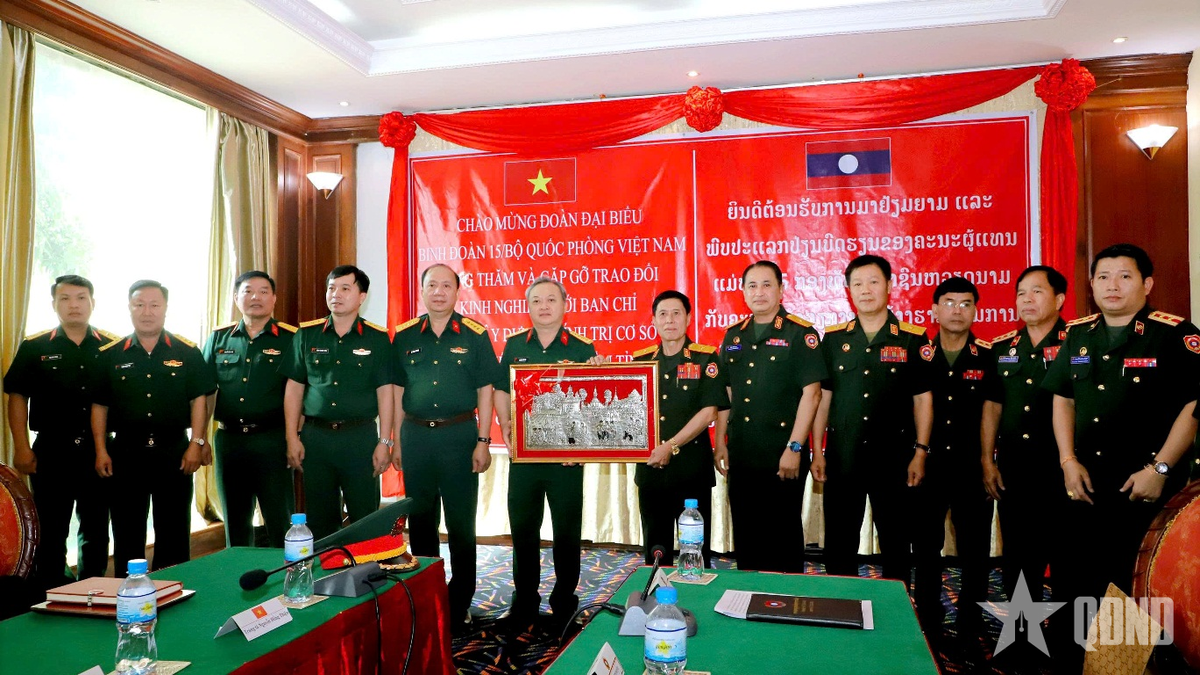

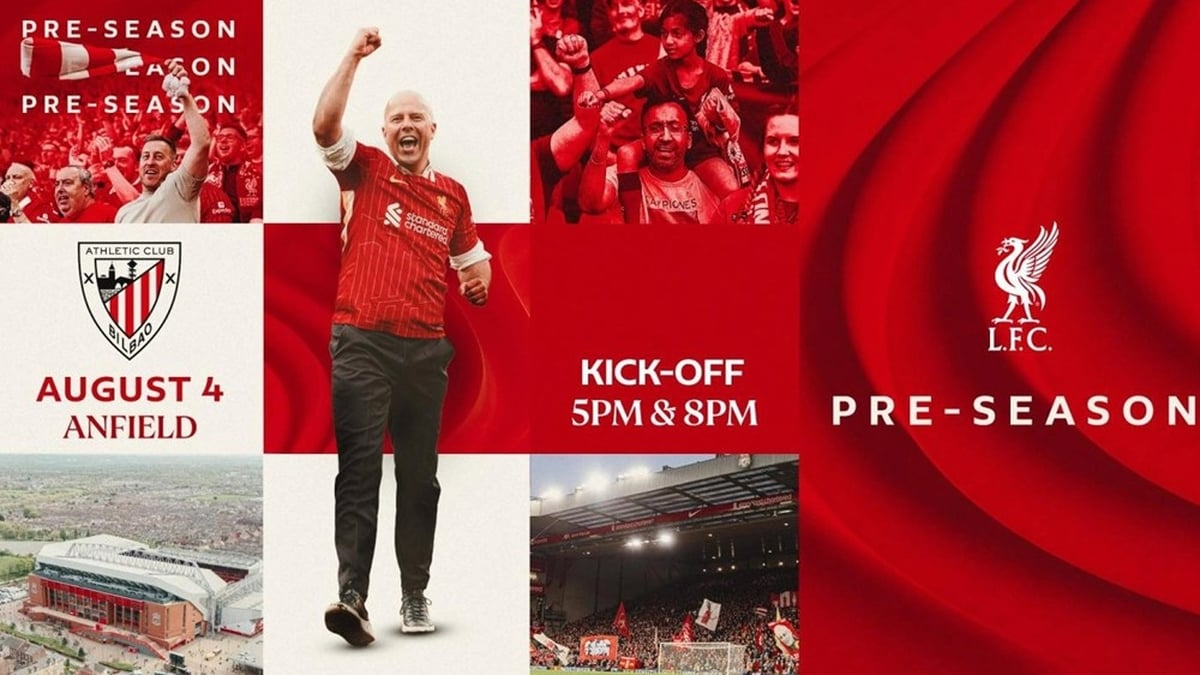
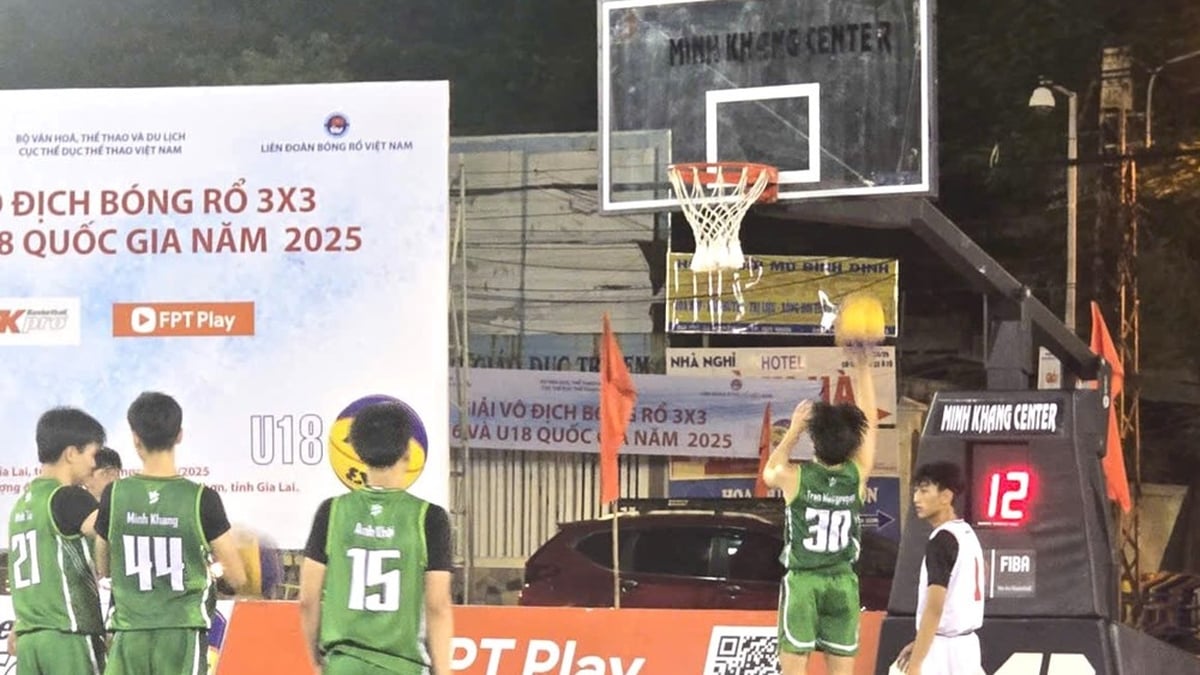
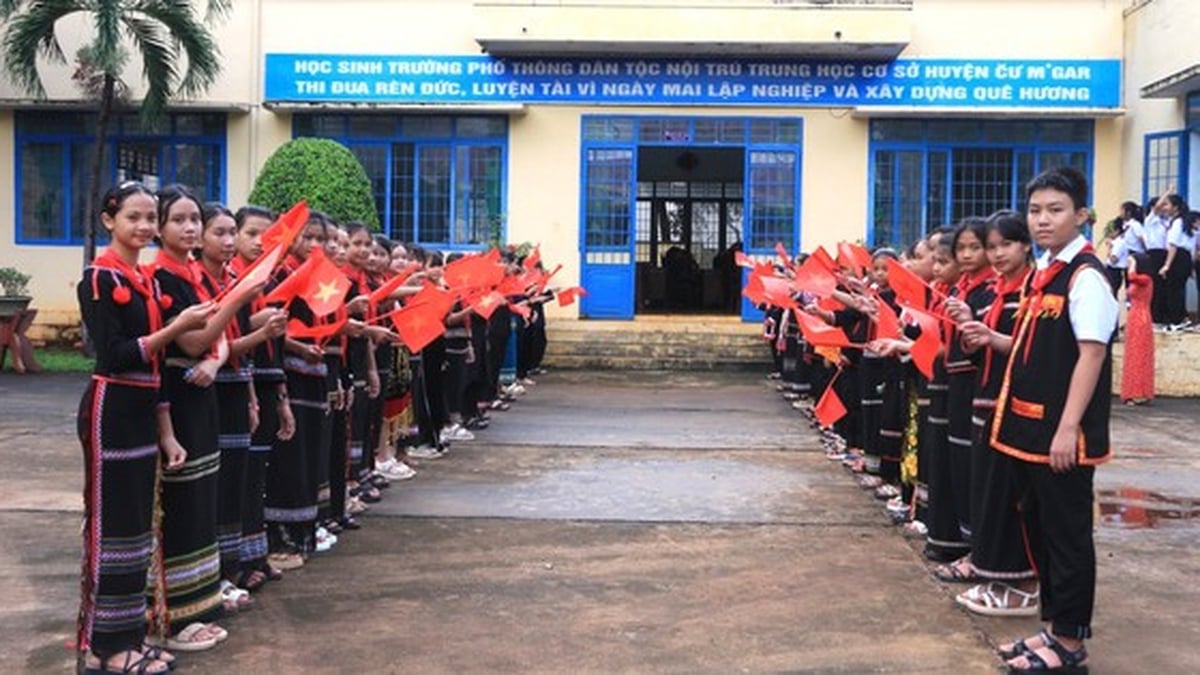

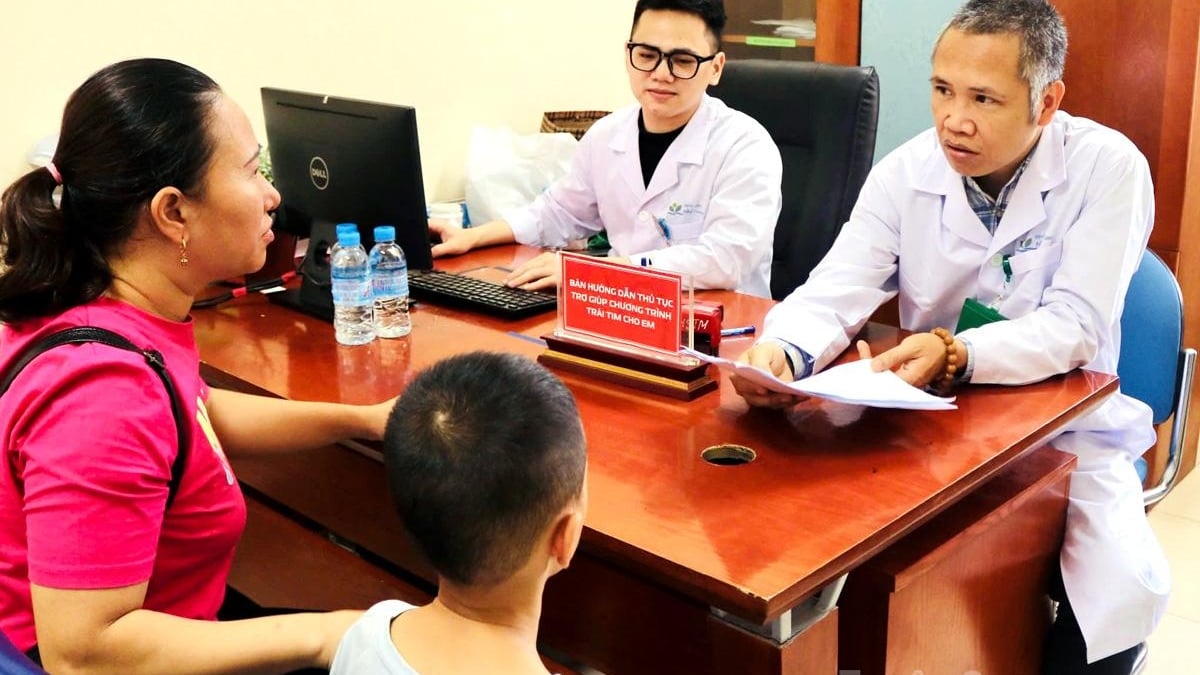

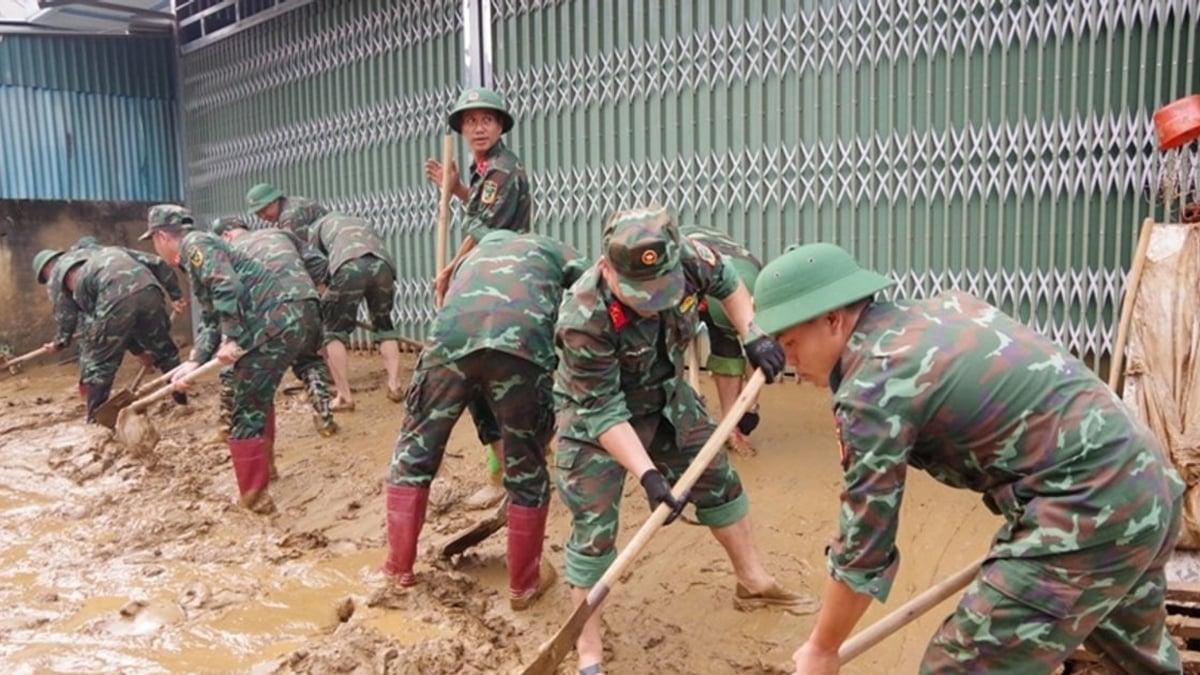











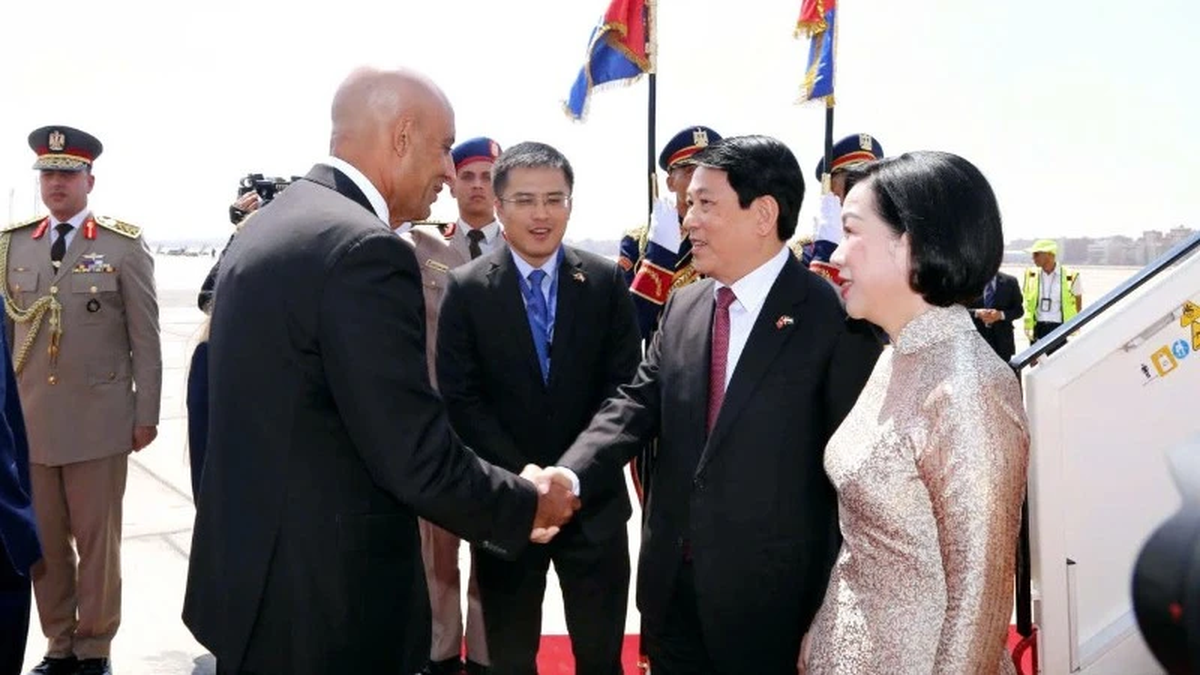








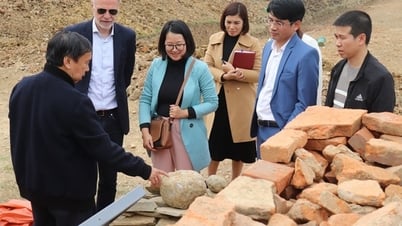

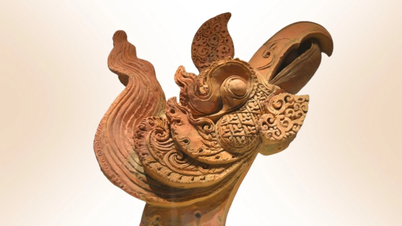



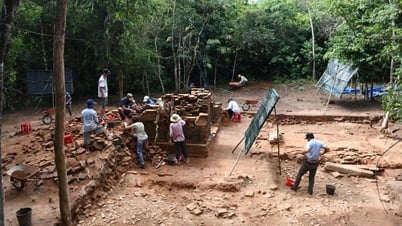
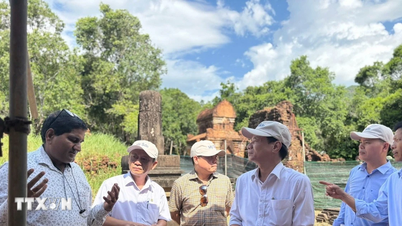






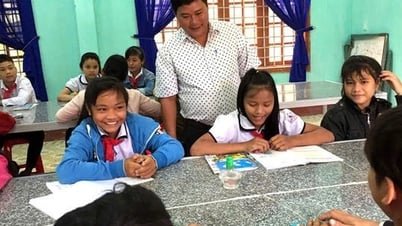


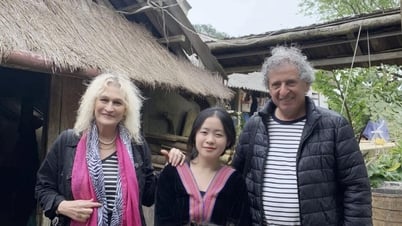


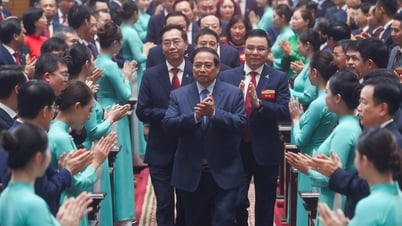













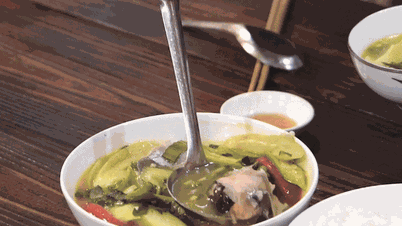
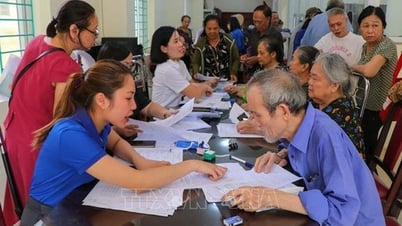




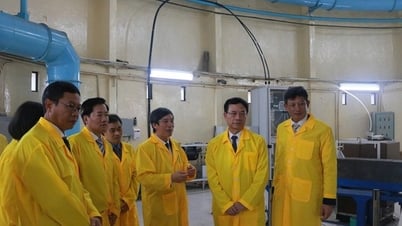

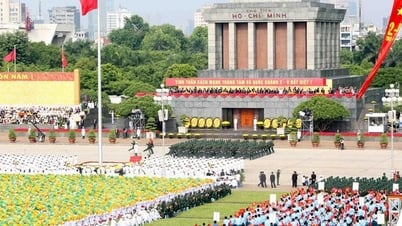






















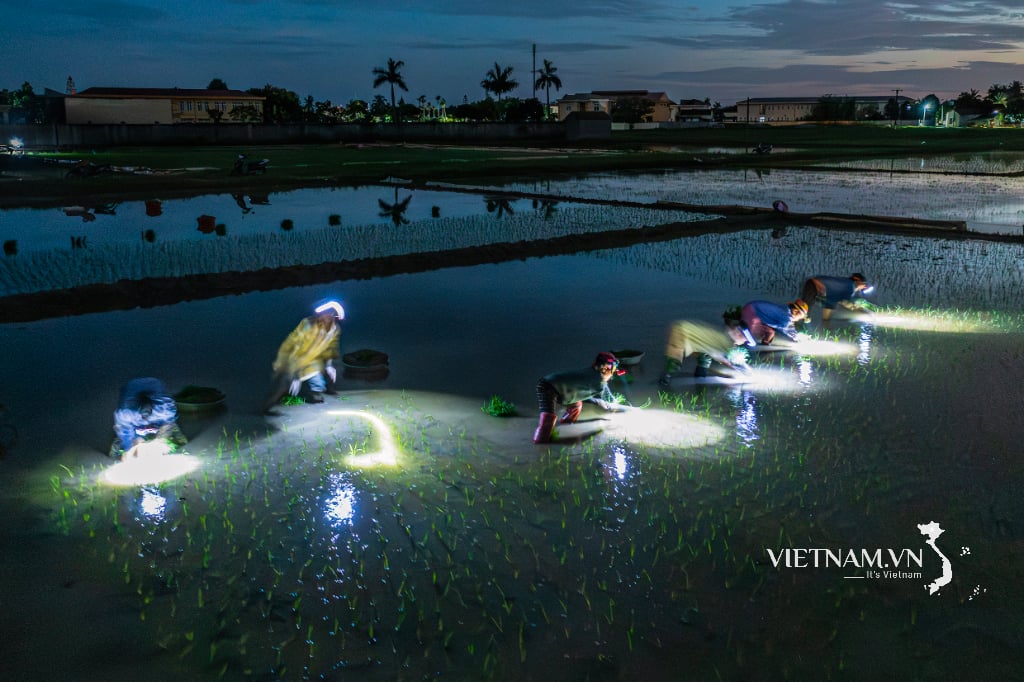

Comment (0)